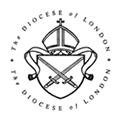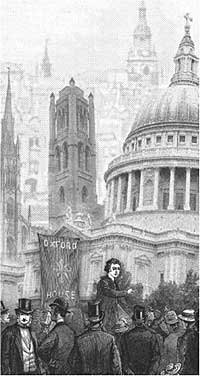Resource Guide: Finding parish records
If you are looking at the history of your parish in many cases you will find that many, if not all, of the relevant source materials have been deposited in local authority archives which is where you’ll also find diocesan records. In a few cases, records may be at university library archives or cathedral archives. Also, in some cases, and particularly with parishes created during or since the nineteenth century, records may not have been deposited and still be in the possession of the church.
In order to locate your parish records the following advice might be useful:
1. You may already know, or at least be able to take a very good guess of the location of your parish records. In many cases they will just be in your nearest local record office (see here for a list of archives in the UK). If so, contact the archivist and make enquiries about your parish. Alternatively, you may be able to search the contents of the archive though an online searchable database. Most parish records for the Diocese of London, for example, are held in the London Metropolitan archives, whose archives can be searched online. However, remember that the actual location of your parish material may not be the most obvious archive because of historical changes to diocesan and county boundaries (on this see point three below).
2. Another valuable useful tool for finding the location of your parish records is the Access to Archives finding aid. Enter into the search engine as much information about your parish as possible and it may well bring up relevant archive information. However, note that if you use general search terms you will probably be overwhelmed by the results. In order to get a more specific response, use the ‘advanced’ search function, providing as much information as possible. This should enable you to narrow down results; furthermore, the ‘summary of results’ on the right hand side of the page might indicate the most relevant archives.
3. In some cases you will find that your parish records are not in the nearest local authority archive, and that A2A doesn’t locate your parish records. If this is the case you may need to make more in-depth enquiries about the location of your parish material. This excellent online guide is a good place to start, providing some basic information on location of diocesan archives. The following is also worth noting:
- Diocesan records may be divided between two or three local record offices, so you may need to establish in which your parish material is held. Don’t assume it is always the nearest archive: this is sometimes not the case!
- Diocesan reorganisation has been an ongoing theme in the Church of England, particularly during the Henrican period (1540-42), the nineteenth century and the early twentieth century. Dioceses have been created, sub-divided and boundaries have shifted. This can mean that the records of a particular Archdeaconry (either in total, or those relating to a particular time period) are held in an archive run by a different local authority to your own. The organisation and boundaries of counties and metropolitan districts have also changed significantly over time, and these historical factors can also result in relevant parish records being held in a different county. In some cases the records of an individual Archdeaconry, for example the Archdeaconry of Richmond, might be divided between two local archives (in this case, the West Yorkshire Archive Service in Leeds and Lancashire Record Office). Follow this link for maps giving an indication of changes in both diocesan and county organisation.
- The Clergy of the Church of England Database (CCEd) includes useful resources for locating material relating to your parish. It includes lists of parishes under the jurisdiction of individual dioceses (up to 1835); and lists of sources (as used in the database) and their locations by both individual archive and diocese.






